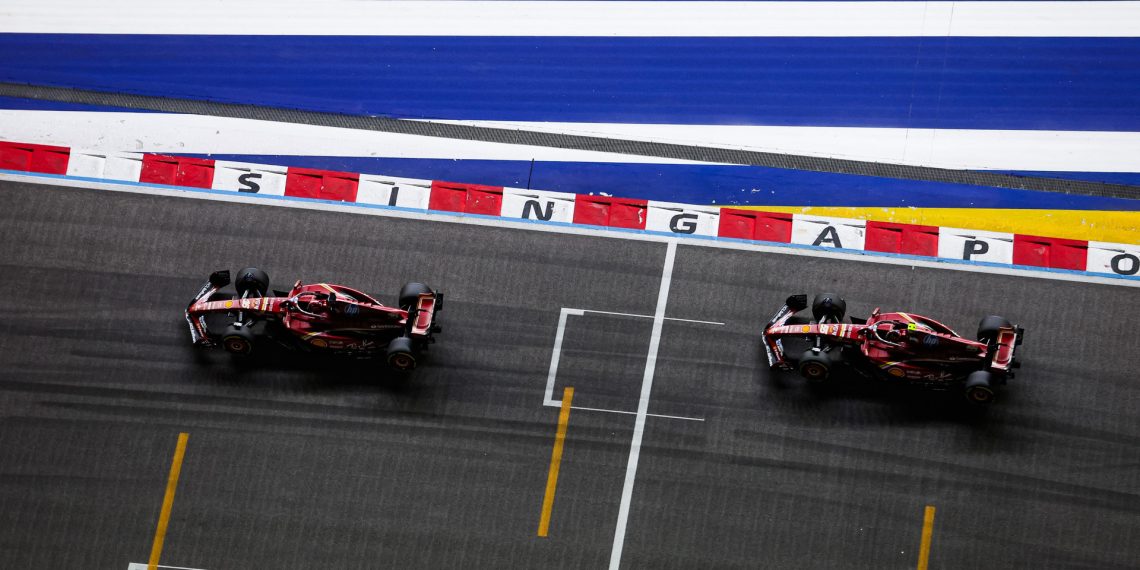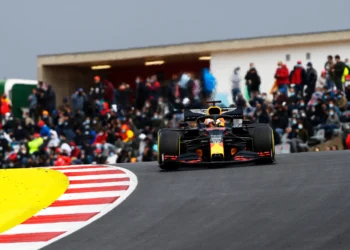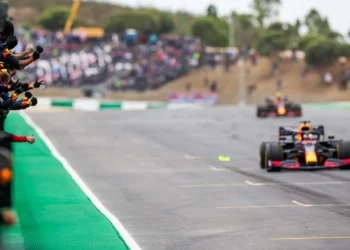Ferrari’s 2024 Formula 1 season has taken a significant turn as the team’s Senior Performance Engineer, Jock Clear, confirmed that the infamous bouncing problem plaguing the SF-24 has been largely resolved. This newfound stability comes after a series of upgrades introduced at the Spanish Grand Prix that initially backfired, triggering severe bouncing in high-speed corners and setting Ferrari back in its development battle.
The bouncing, a nagging issue since the current ground-effect era began, forced Ferrari into a frantic investigation that included reverting to pre-Spain setups and continuously refining the car’s aerodynamics. But now, after several strong post-summer results, including Charles Leclerc’s podium at Zandvoort and an exhilarating win at Monza, it seems the Scuderia has finally cracked the code.
“You’re never fully confident – but it’s a good picture of how the ebb and flow of development goes,” Clear admitted. “After Spain, we didn’t feel we’d lost our way, but there was an anomaly between the wind tunnel data and on-track performance, and we had to get on top of that.”
With the wind tunnel issues ironed out, Ferrari’s improved form was evident, as Leclerc delivered standout performances, charging from ninth to fourth in Singapore despite a compromised qualifying session. But while Ferrari’s spirits are high, Clear stresses the importance of staying vigilant for future setbacks.
“We just have to be eyes wide open for what the next anomaly will be,” Clear warned. “There will be another one because that’s the process. Development is about testing something new every week. We’re confident our process is working, but we’re always on the lookout for the next banana skin.”
The broader problem is one that has haunted many teams since F1’s shift to ground-effect regulations in 2022. Achieving a seamless correlation between wind tunnel data and real-world performance has been fraught with difficulty, largely due to the unpredictable dynamics of cars running at extremely low ride heights over curbs and uneven surfaces—conditions that wind tunnels simply can’t replicate.
“When the car’s far from the floor, the tunnel’s pretty accurate,” Clear explained. “But as soon as you get into what’s happening over a curb or when bouncing, the tunnel can’t simulate that. It’s impossible to achieve 100% fidelity between the tunnel and the track, especially with ground-effect aero where proximity to the ground is crucial.”
The stakes are high, with downforce levels fluctuating dramatically based on the car’s position relative to the track. A mere five-millimeter change can mean the difference between gaining or losing critical downforce, making the car’s behavior highly erratic.
Ferrari’s battle with bouncing may be under control for now, but as Clear highlighted, the challenge of keeping pace in F1’s relentless development race is never-ending. The Maranello squad must remain alert and adaptive as they navigate the intricacies of a sport where the smallest miscalculation can mean the difference between victory and defeat.










